Then we left to Darasuram via Kumbakonam where we witnessed the Airavatheshwara Temple which I should say is a marvel for sure. The day 2 was spent in Tanjore Big temple which is also called as the Brahadeeswara temple which is one of the oldest, longest, largest temple and doom on Earth. What a king The great Raja Raja Cholan would be to make a architecture as such?
Next day was spent in going to the Chettinad area of Karaikudi and seeing the old Chettinad palace and not to mention the Food we had in Priya Mess of Karaikudi which has the best Chettinad food on Earth.... Chettinad was earlier ruled by Kings who built majestic palaces and homes. Chettinad is very famous for its Non veg food as well. Must try food also includes the Cashews of that area and also Padhaneer a must drink local fruit drink..
Airavatesvara Temple ( Reference from Wikipedia)
Airavatesvara Temple is a Hindu temple of Dravidian architecture located in Kumbakonam, Thanjavur District in the South Indian state of Tamil Nadu. This temple, built by Rajaraja Chola II in the 12th century CE is a UNESCO World Heritage Site, along with the Brihadeeswara Temple at Thanjavur, the Gangaikondacholisvaram Temple at Gangaikonda Cholapuram that are referred to as the Great Living Chola Temples.
The Airavatesvarar temple is one among a cluster of eighteen medieval era large Hindu temples in the Kumbakonam area, Thanjavur District. The temple is dedicated to Shiva. It also reverentially displays Vaishnavism and Shaktism traditions of Hinduism, along with the legends associated with Nayanmars – the Bhakti movement saints of Shaivism.
The stone temple incorporates a chariot structure, and includes major Vedic and Puranic deities such as Indra, Agni, Varuna, Vayu, Brahma, Surya, Vishnu, Saptamtrikas, Durga, Saraswati, Sri devi (Lakshmi), Ganga, Yamuna, Subrahmanya, Ganesha, Kama, Rati and others. Shiva's consort has a dedicated shrine called the Periya Nayaki Amman temple. This is a detached temple situated to the north of the Airavateshvarar temple. This might have been a part of the main temple when the outer courts were complete. At present, parts of the temple such as the gopuram is in ruins, and the main temple and associated shrines stand alone. It has two sun dials namely morning and evening sun dials which can be seen as wheels of the chariot. The temple continues to attract large gatherings of Hindu pilgrims every year during Magha, while some of the images such as those of Durga and Shiva are part of special pujas..
The Brihadisvara Temple is a Hindu temple dedicated to Shiva in Gangaikonda Cholapuram, Jayankondam, in the South Indian state of Tamil Nadu. Completed in 1035 AD by Rajendra Chola I as a part of his new capital, this Chola dynasty era temple is similar in design, and has a similar name, as the older 11th century, Brihadeeswarar Temple about 70 kilometres (43 mi) to the southwest in Thanjavur. The Gangaikonda Cholapuram Temple is smaller yet more refined than the Thanjavur Temple. Both are among the largest Shiva temples in South India and examples of Tamilan style temples. The temple is also referred to in texts as Gangaikonda Cholapuram Temple or Gangaikondacholeeswaram Temple
The main temple dedicated to Shiva is based on a square plan, but it displays other Hindu deities such as Vishnu, Durga, Surya, Harihara, Ardhanarishvara, and others. It opens to the sunrise and its sanctum, as well as the mandapas, are aligned on an east-west axis. In addition to the main shrine, the temple complex has a number of smaller shrines, gopura, and other monuments, with some partially ruined or restored in later centuries. The temple is famed for its bronze sculptures, artwork on its walls, the depiction of Nandi and the scale of its tower. As well as its notability for having been built by Rajendra I, the temple is also noteworthy for its numerous inscriptions, although none of them are his.
Except for this temple, the old city of Gangaikonda Cholapuram – the capital of a powerful Asian empire from around AD 900 to AD 1215 or over three centuries along with its other major Chola-era Hindu temples have been completely destroyed, leaving a desolate place. The Gangaikonda Cholapuram temple remains an active temple. Four daily rituals, and many yearly festivals are held there, of which the Shivarathri during the Tamil month of Masi (February–March), Aipassi Pournami during Aipassi (October– November) and Thiruvadirai during Margazhi (December–January) are the most prominent. It is one of the most visited tourist attractions in Tamil Nadu. The Archaeological Survey of India (ASI) administers the temple as a protected heritage monument. UNESCO declared it a World Heritage Site in 2004, along with the Brihadeeswarar Temple at Thanjavur and Airavatesvara temple at Darasuram. These are referred to collectively as the Great Living Chola Temples.

































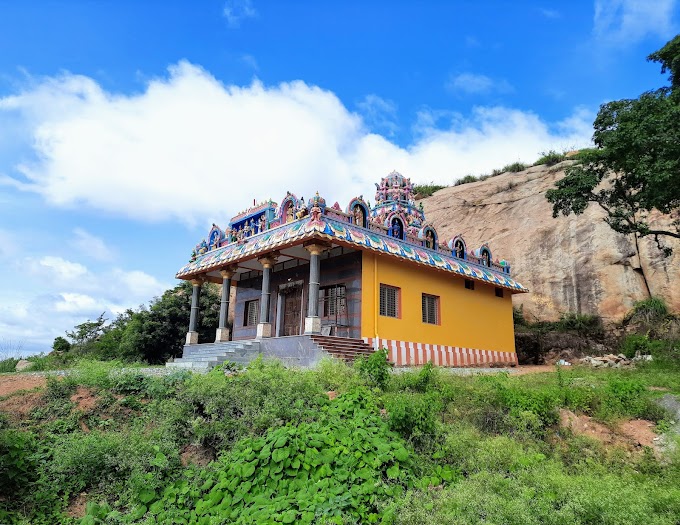
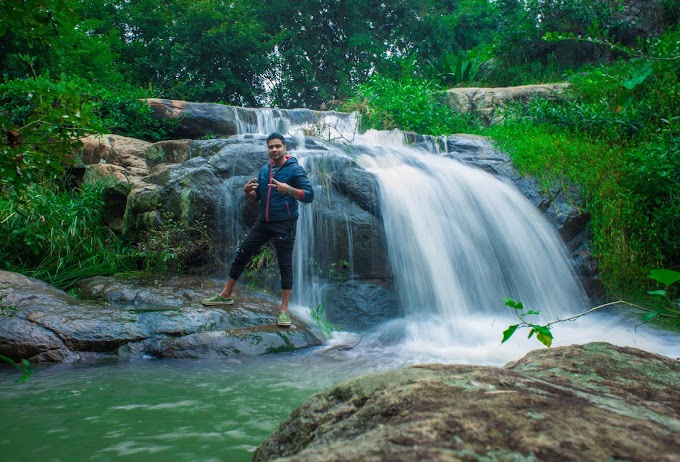



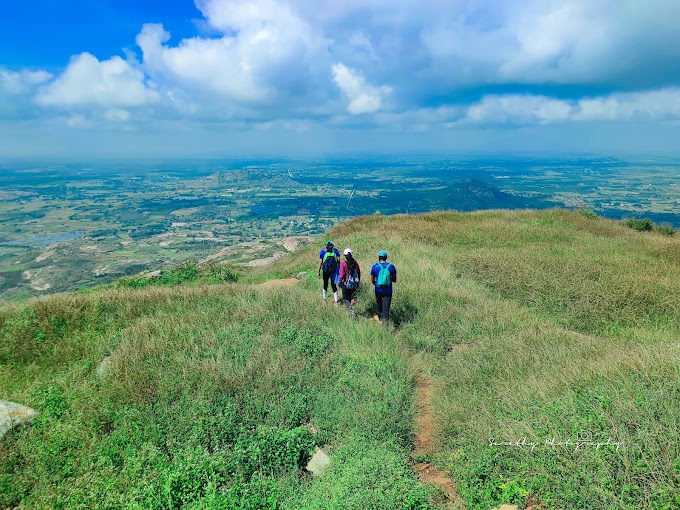
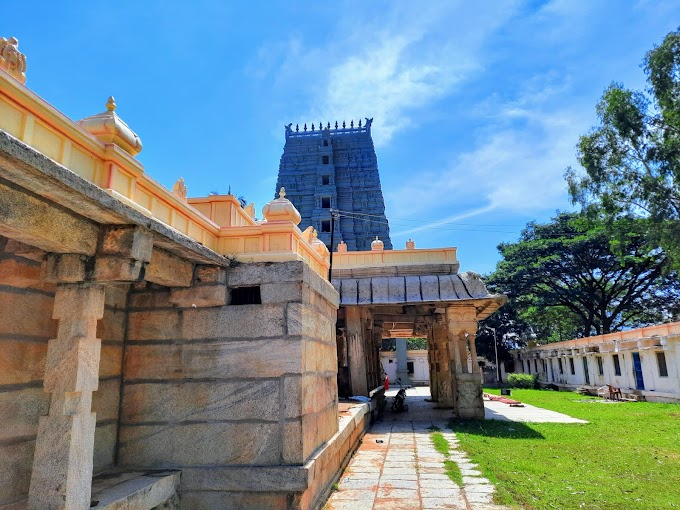
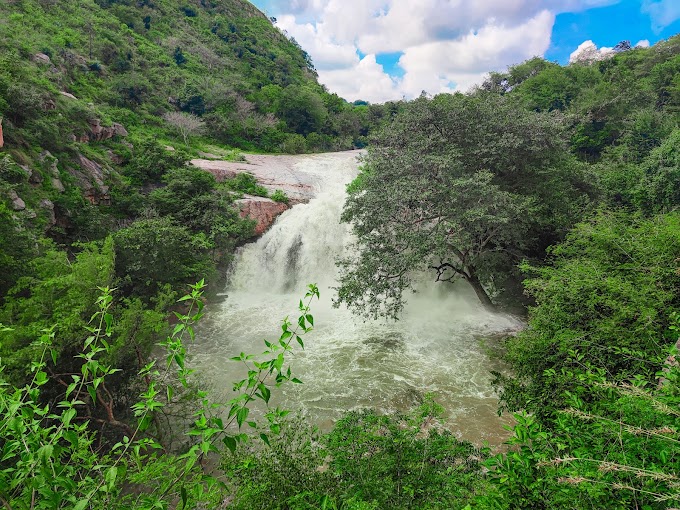

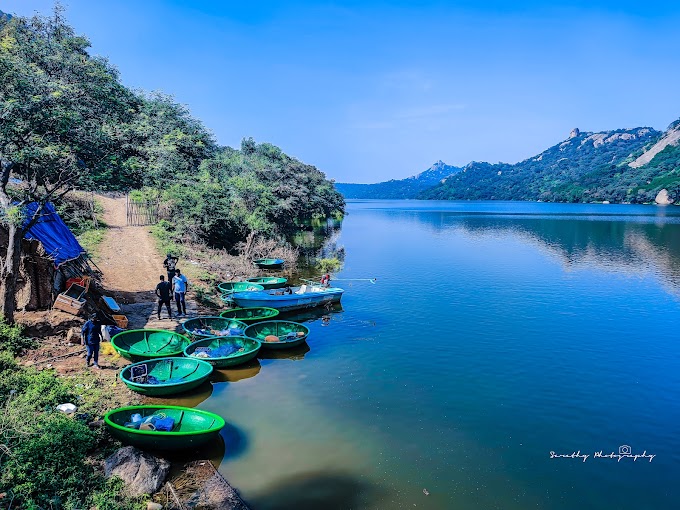
1 Comments
Very informative, thanks for posting such informative content. Expecting more from you.
ReplyDeleteMudaliar Matrimonial Services